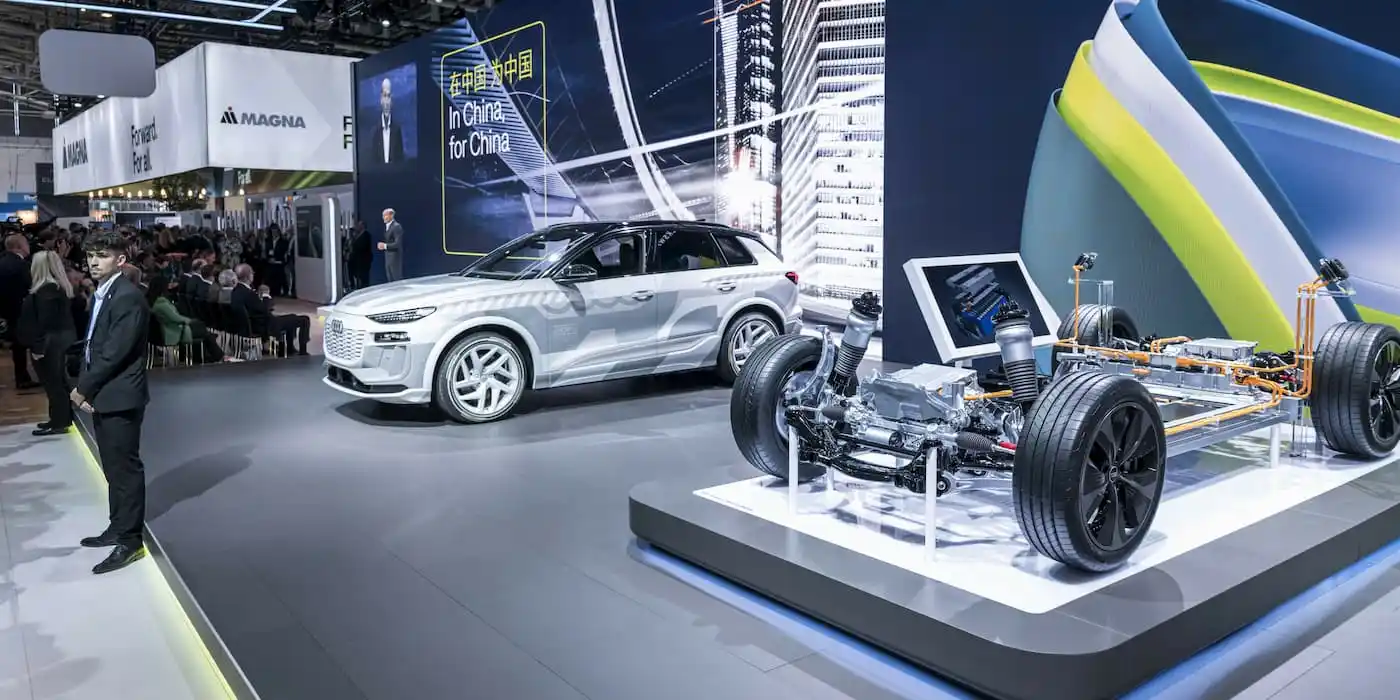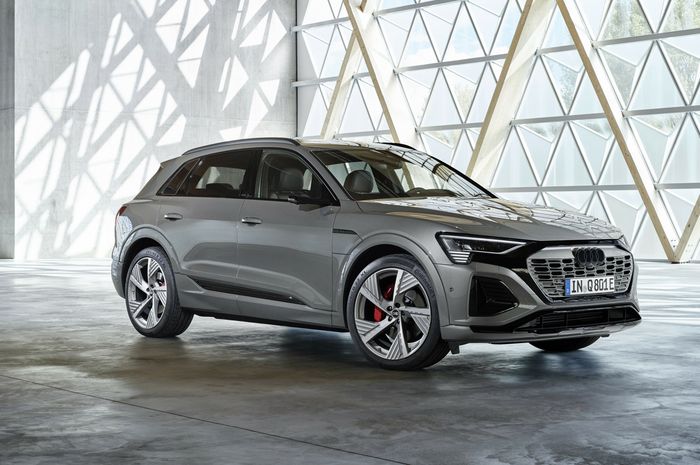The automotive industry is witnessing a transformative shift with the emergence of software-defined vehicles (SDVs), where cars evolve and introduce new features primarily through software updates. Over-the-air (OTA) software updates, popularized by Tesla, have become a driving force in the industry, particularly as electric vehicles gain prominence for their seamless integration with software-defined technology.
Audi, a well-established automaker, is making strides in this direction by considering the expansion of “on-demand” features in its upcoming vehicle models. Oliver Hoffmann, Audi’s technical development chief, recently shared insights with Autocar about the company’s intentions.
“With our next generation of electronic architecture, we will bring more offers to ‘function on demand,’ and you will see year by year we will bring new functions in the cars,” stated Hoffmann.
Audi’s strategic move is not surprising, given that OTA software updates unlock the potential to enhance vehicle functionalities, including autonomy upgrades and improved battery management. Moreover, this approach allows automakers to introduce subscription-based features, creating a recurring revenue stream—a coveted prospect for any business. However, it’s worth noting that consumer reception to subscription-based automotive features has been mixed, with some pushback against additional fees.
Hoffmann, though, maintains that Audi’s decision is motivated by customer demand, emphasizing that profit maximization is not the primary objective. He remarked, “This is a [big] step. I think there is a demand from the customer to bring new functions in the car, and this is a profit pool for us – but we don’t see these revenue pools with this kind of functionality.”
While specific on-demand features planned by Audi were not disclosed, Hoffmann anticipates this approach becoming a standard practice in the automotive industry.
The question of consumer willingness to pay monthly fees for additional car features remains a pivotal concern. Surveys have consistently shown some resistance to this model, possibly due to existing financial pressures in households. As household budgets contend with rising costs, including those for streaming TV services, automakers face the challenge of justifying the value of subscription-based car features.
Presently, only the Audi e-tron and e-tron Sportback models offer on-demand features, such as customizable light animations and automated parking. These features can be activated through the myAudi app without the need for additional hardware or a visit to the dealership. Downloadable features are poised to be a substantial revenue source for automakers in the coming years. Stellantis, for example, anticipates software features generating $22.5 billion in income by 2030, while Hyundai aims for them to constitute around 30% of future profits.
The industry’s next chapter will reveal how consumers respond to paying for capabilities already inherent in their vehicles, a phenomenon exemplified by offerings like heated seats or enhanced acceleration in electric vehicles. Some have attempted to unlock these features independently, potentially compromising safety and warranty agreements, prompting consideration of this emerging gray area.
As software-defined vehicles continue to reshape the automotive landscape, automakers must navigate the delicate balance between customer expectations and evolving business models.





